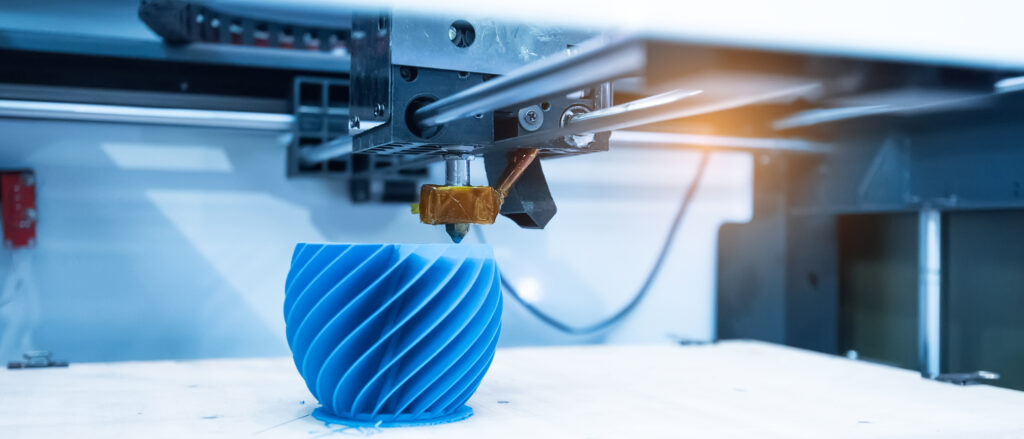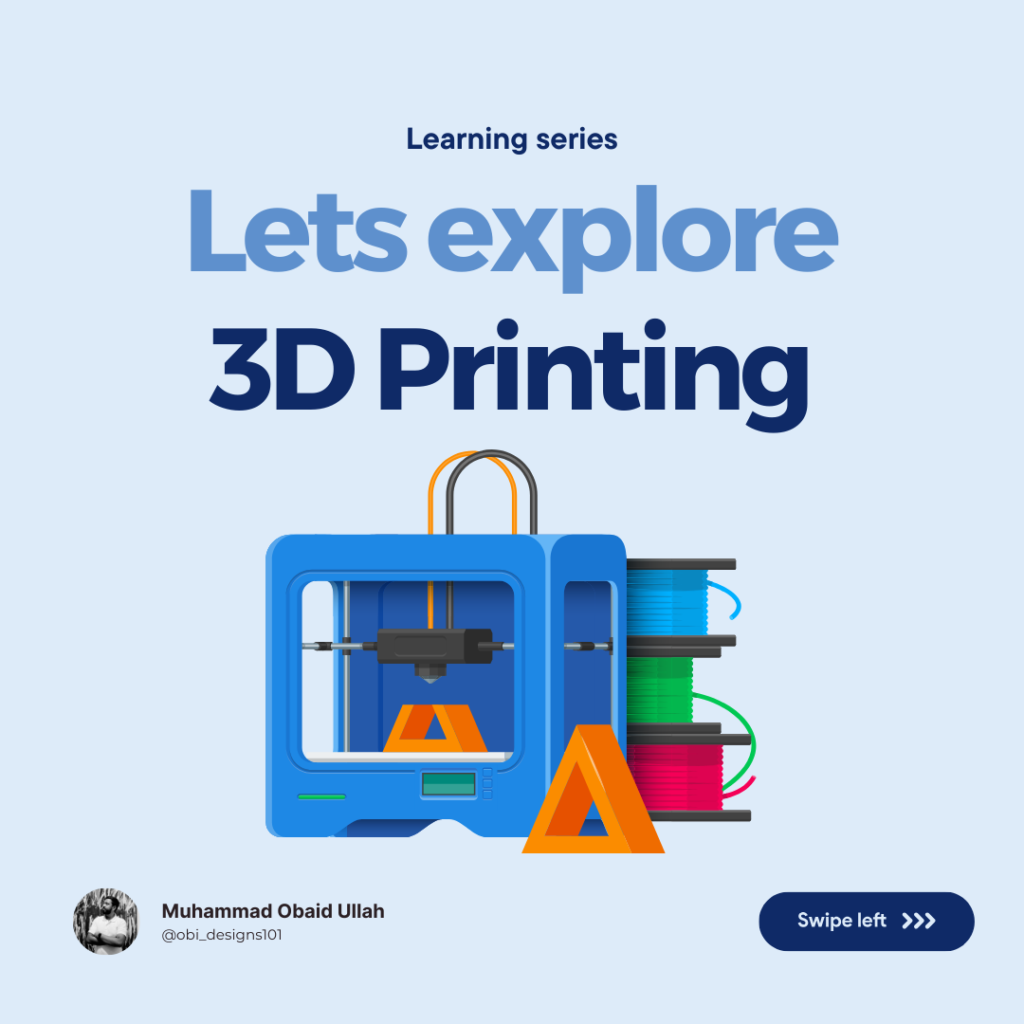Recent Posts
- A Complete Guide to FDM 3D Printing: Mastery Through Layers
- Exploring the World of 3D Printing: An Overview of Common Technologies
- Understanding the Distinct Roles: CAD Designer vs. Product Designer
- Mastering Product 3D Design: Techniques and Tools for Modern Designers
- The Future of Industrial Product Design: Trends to Watch in 2024
Recent Comments
Gain insights into the revolutionary field of 3D printing with a brief overview of the most common technologies shaping industries today.

The advent of 3D printing has sparked a manufacturing revolution that is transforming everything from aerospace engineering to custom consumer goods. Also known as additive manufacturing, 3D printing is a process of creating three-dimensional objects from a digital file by adding material layer by layer. This technology has empowered creators and innovators by offering unparalleled flexibility in design and production.

At the heart of this innovative field are several key technologies, each with its unique processes and materials, catering to diverse applications. Understanding these technologies is essential for professionals in product design, manufacturing, and various STEM fields.
Fused Deposition Modeling (FDM)

FDM is one of the most widely used forms of 3D printing. It works by extruding thermoplastic filaments, which are heated and shaped to form layers that make up the 3D object. Its popularity is due in part to the technology’s affordability and the wide range of thermoplastic materials available, such as ABS, PLA, and their various composites. FDM printers are a common sight in prototyping workshops, educational settings, and hobbyist spaces.
Stereolithography (SLA)

Stereolithography, or SLA, is another trailblazing technology that revolutionized the field of rapid prototyping. It utilizes an ultraviolet laser to cure and solidify photo-reactive resin, layer by layer, to form highly detailed objects. SLA is renowned for its fine resolution and smooth surface finish, making it a preferred choice for applications requiring precision such as dental aligners, intricate jewelry, and detailed models.
Selective Laser Sintering (SLS)

Selective Laser Sintering uses a high-powered laser to fuse small particles of polymer powder, typically nylon, into a solid structure based on the 3D model. The key advantage of SLS is the strength and durability of the resulting parts, which are often used for functional prototypes, end-use parts, and complex geometries that would be difficult to achieve with traditional subtractive manufacturing processes.
Material Jetting
Material jetting stands out for its ability to print in full color and multiple materials simultaneously. This technology works similarly to traditional inkjet printing but in three dimensions. Droplets of photopolymer are jetted onto a build platform and cured with UV light, layer by layer. Material jetting is used in creating multi-material prototypes that closely resemble final products, especially in consumer goods and electronics.
Digital Light Processing (DLP)
Digital Light Processing is akin to SLA in that it also uses a photopolymer resin. However, instead of a laser, it employs a digital light projector to flash a single image of each layer all at once. Because of this, DLP can often print faster than SLA, though both produce parts with similar attributes and are used in comparable industries.
Metal 3D Printing
Metal 3D printing encompasses several technologies, including Direct Metal Laser Sintering (DMLS) and Electron Beam Melting (EBM). These methods allow for the creation of parts from metal powders and are instrumental in high-performance industries such as aerospace, automotive, and medical implants. Metal 3D printing is celebrated for its ability to consolidate complex assemblies into single, robust parts.
Conclusion
From rapid prototyping to on-demand manufacturing, the various technologies within the 3D printing landscape offer a plethora of possibilities. Each technology continues to advance, driven by research and a push toward sustainable manufacturing practices. As 3D printing becomes more accessible and versatile, it paves the way for further innovation, customization, and efficiency across multiple sectors. The future of 3D printing is as expansive as the imagination of those who harness its power, holding the potential to redefine the way we create and conceive the built environment around us.

- Tags:
- 3D printing
- ABS
- additive manufacturing
- aerospace engineering
- automotive industry
- built environment
- customization
- digital light projector
- DLP
- DMLS
- EBM
- FDM
- full-color 3D print
- innovation
- material jetting
- medical implants
- metal 3D printing
- multi-material prototype
- on-demand manufacturing
- photo-reactive resin
- PLA
- precision printing
- product design
- rapid prototyping
- SLA
- SLS
- STEM
- sustainable manufacturing
- thermoplastic filaments
- ultraviolet laser

No Comments
There are not comments on this post yet. Be the first one!